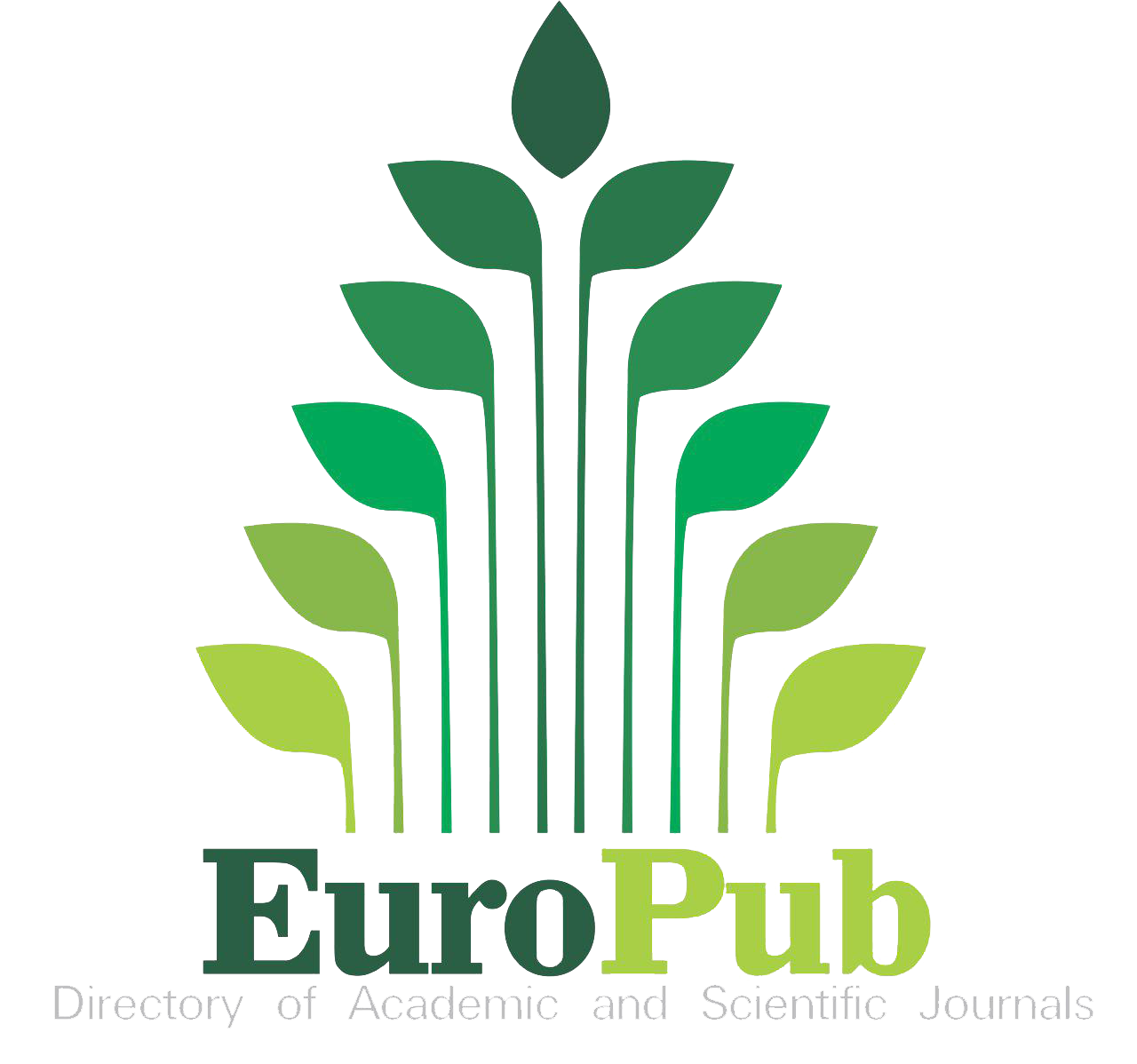The Effect of Drainage Radius Interference on the Design of Infill Well in FA Field
DOI:
https://doi.org/10.54536/ajise.v3i2.3324Keywords:
Infill Well, Recovery Factor, Drainage Radius Interference, Reservoir SimulationAbstract
In mature fields like FA Field, addressing production decline involves strategic infill well drilling to boost output from active structures. The location and number of infill wells are determined through bubble map analysis during development planning. The research methodology includes calculating recovery factors, estimating remaining reserves, predicting production increases post-infill drilling, and assessing infill well impacts. FA currently operates 13 development wells yielding approximately 346 bbl/day. Calculations reveal 5.41 MMSTB in remaining reserves with a 22.55% recovery factor. Bubble and iso-saturation maps identified locations for INF-1 and INF-2 infill wells, affecting specific observation wells. INF-1’s placement near A-1, A-3, A-5, and A-7 resulted in a 10.69 BOPD decline offset by 54 BOPD additional production. INF-2, affecting 2 wells, saw a 6.37 BOPD drop and 44 BOPD increase. These scenarios illustrate how overlapping areas from infill wells decrease surrounding well production rates.In the base case scenario, without optimization, the recovery factor stands at 28.09%. With one infill well affecting 4 drainage radius, it rises to 29.6%; with two, to 30.92%.
Downloads
References
Ahmed, T. (2010). Optimizing infill drilling in mature oil fields: A reservoir simulation study. Journal of Petroleum Science and Engineering, 75(1-2), 95-104. https://doi.org/10.1016/j.petrol.2010.09.016
Al-Sane, A., et al. (2021). Intelligent well drainage and interference density analysis tool for optimizing infill drilling. In Proceedings of the Society of Petroleum Engineers Abu Dhabi International Petroleum Exhibition & Conference (SPE-208123-MS). https://doi.org/10.2118/208123-MS
Ahmed, T. (2006). Reservoir engineering handbook (4th ed., pp. 275-320). Gulf Professional Publishing. https://doi.org/10.1016/C2009-0-30429-1
Chen, X., & Liu, Y. (2014). Simulation of infill drilling impacts on oil recovery: A numerical reservoir simulation approach. Journal of Petroleum Exploration and Production Technology, 4(1), 53-64. https://doi.org/10.1007/s13202-013-0088-5
Cheng, Y., McVay, D. A., & Lee, W. J. (2006, October). Optimal infill drilling design for marginal gas reservoirs using a simulation-based inversion approach. In SPE Eastern Regional Meeting (pp. SPE-104574). SPE.
Dake, L. P. (1978). Fundamentals of reservoir engineering (pp. 97-150). Elsevier. https://www.academia.edu/28070833/
Ding, D. Y. (1995). Reservoir simulation: History matching and forecasting. SPE Reservoir Engineering, 10(3), 225-230. https://doi.org/10.2118/27577-PA
Ewing, R. E. (2010). The mathematics of reservoir simulation. In Society for Industrial and Applied Mathematics (pp. 45-68). https://doi.org/10.1137/1.9781611971071
Ertekin, T., Abou-Kassem, J. H., & King, G. R. (2001). Basic applied reservoir simulation. Society of Petroleum Engineers, 120-145. https://doi.org/10.2118/11166-MS
Liu, C., Feng, Q., Zhou, W., Li, S., & Zhang, X. (2024). Infill Well Location Optimization Method based on Remaining Oil Recoverable Potential Evaluation. https://doi.org/10.20944/preprints202405.1542.v1
Qasim, A., & Alwan, H. H. (2024). Adsorptive Desulfurization of Iraqi Light Naphtha Using Calcite and Modified Calcite. Iraqi Journal of Chemical and Petroleum Engineering, 25(1), 83-93. https://doi.org/10.31699/IJCPE.2024.1.8
Sokovnin, S. A., Tikhonov, E. V., Kharitonov, A. B., Vian, J., Bakirov, D. L., & Babushkin, E. V. (2015, October). Best Practices—Direct Emulsion-Based Drilling Solution as a New Approach to Drilling in Mature Fields with Low Reservoir Pressure. In SPE Russian Petroleum Technology Conference? (pp. SPE-176519). SPE.
Downloads
Published
How to Cite
Issue
Section
License
Copyright (c) 2024 Herianto, Dyah Rini Ratnaningsih, Umiyatun Choiriah; Fitrah Aulia

This work is licensed under a Creative Commons Attribution 4.0 International License.







